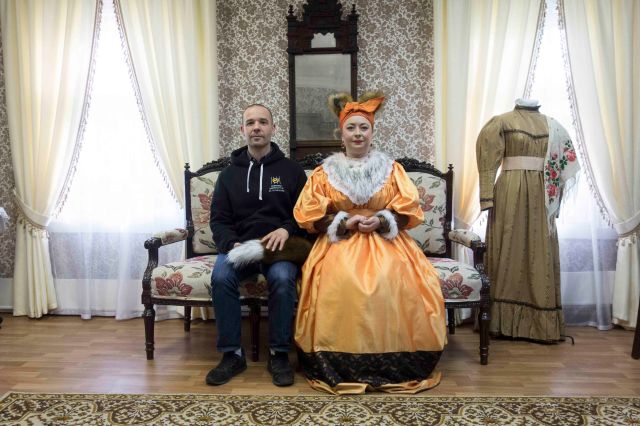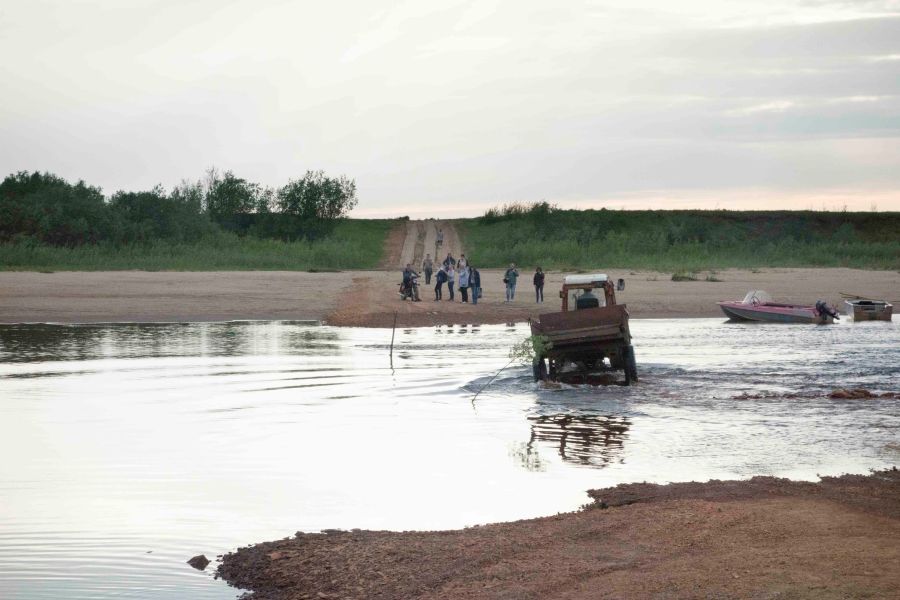It is worth travelling north in mid June to experience one of the wonders of the Arctic. It is polar day when the sun disappears only for a very short time under the horizon and the sunset is fading into a sunrise for hours during the night colouring the horizon in a million different shades of blue, red and yellow.
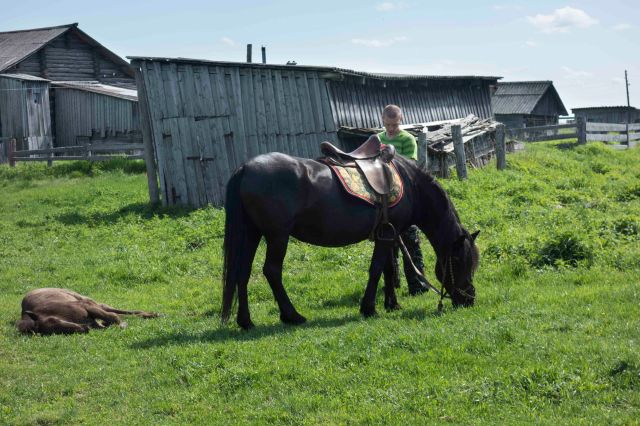
I enthusiastically confirmed when I received an invitation to visit a conference on local horse breeds in Russia often threatened by extinction. Accompanied by my friend and photographer Christian Vagt I travelled the long road to the old Russian town of Mezen. Small workshop-like symposia in contrast to big international conferences allow for a more intense exchange of ideas. They enable to establish close contacts among colleagues that often grow into future collaborations or even friendship.
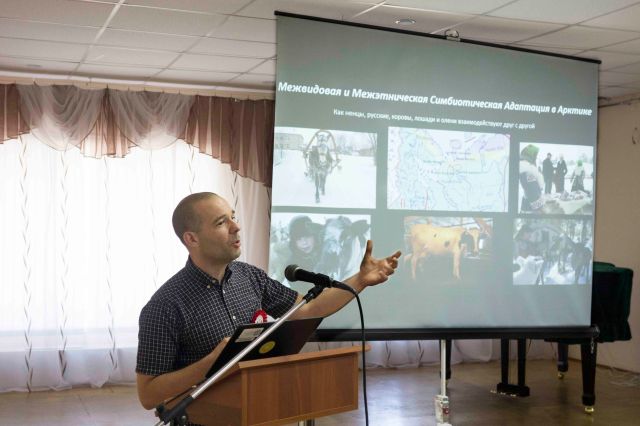
This conference was organised by the leading specialist on the Mezen horse breed Irina Borisovna Yur’eva of the Arkhangelsk Scientific Institute of Agriculture of the Russian Academy of Sciences. One of the main impressions left by the event was that around the local horse breeds in Russia you also always meet a special breed of people – real enthusiasts who fight not only for their cause, but are also amazingly communicative and social.
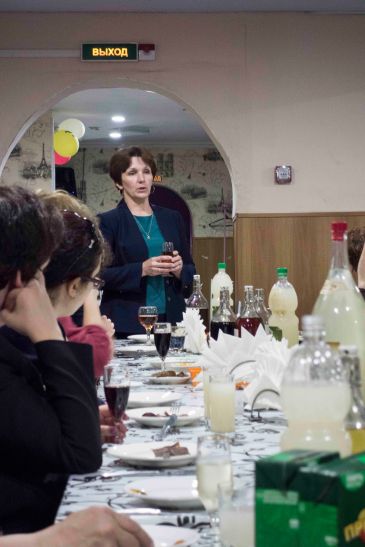
People of different scientific institutions from Russia, Belorussia, Norway and Finland visited the conference in the regional centre – the town of Mezen – and on the second and third day of the conference travelled to the nearby village of Lampozhnya. Here, at one of the oldest settlements on the Mezen River they witnessed a two days horse tourism competition, where local people and guests compete with their own and their horses’ skills in riding and hiking.
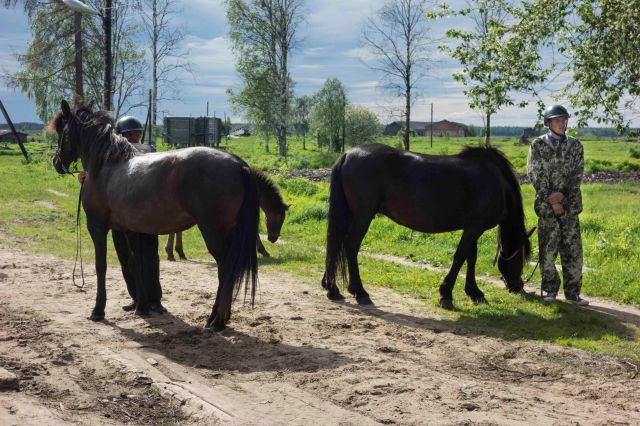
I presented the results of the Anthropology Team of the Arctic Centre Rovaniemi as the comparative research on human-animal relations in the Arctic Ark project. We contrasted the sociocultural significance and vernacular breeding practices of three different horse breeds and the forms of adaptation of the human-animal relationship in a changing Arctic.
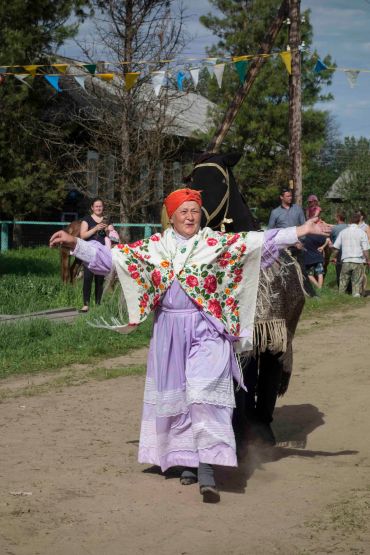
Colleagues coming mostly from agricultural sciences and biology were greatly interested in the insights in symbiotic adaptation of humans and horses and the idea of distance and independence as important for social relations in the North.
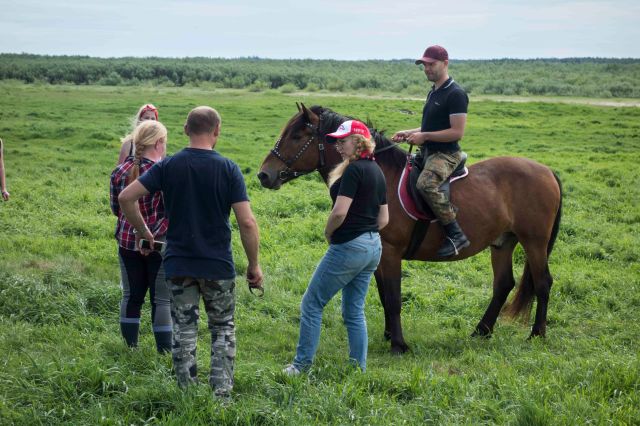
We could witness a heated discussion between two conceptual factions of colleagues – one promoting maximum contact with animals as the goal of horse breeding and the other claiming that you neither have to ride nor manage the horses’ behaviour with that much scrutiny in order to understand and build relations with the animal.
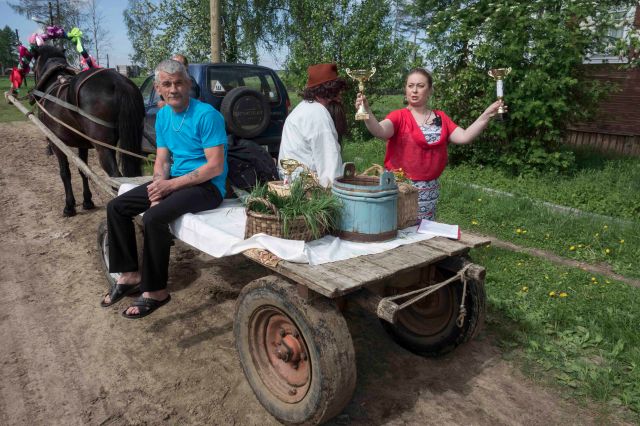
Other, yet not much studied differences in human relations with horses involve gender aspects. We very well know the transition of horse breeding from am masculine domain in an agriculturalist context to the favourite hobby of girls in an urban setting. There seems to also be a distinction of between those riders and hobby breeders who favour mares and those that favour stallions.
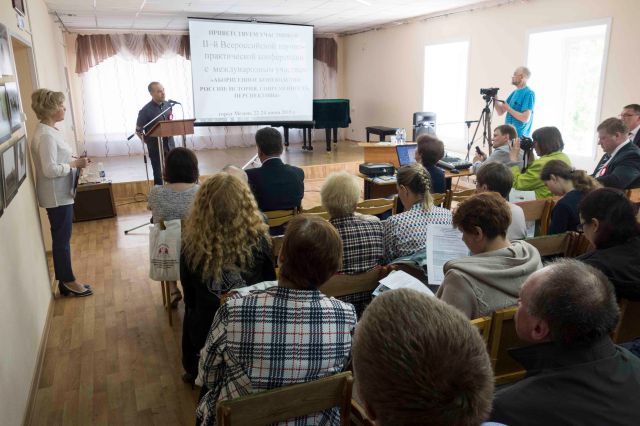
Russia is divided into regions where horsemeat is the most important economic asset of horse breeding but also of high cultural value, and others, where it is considered almost a taboo or symbol of economic and cultural decline to breed horses for meat. I was surprised to learn that Russia is an importer of horsemeat from abroad and often meat of low quality is brought into the country. While in Norway or Finland horses are mostly held for the growing business of breeding sports horses, the local horse breeding in Russia shows the full range of the different uses of horses from their role as working horses in agriculture and pastoralism, in meat production, recreation and tourism as well as hippotherapy, to its use in cultural events and sports.
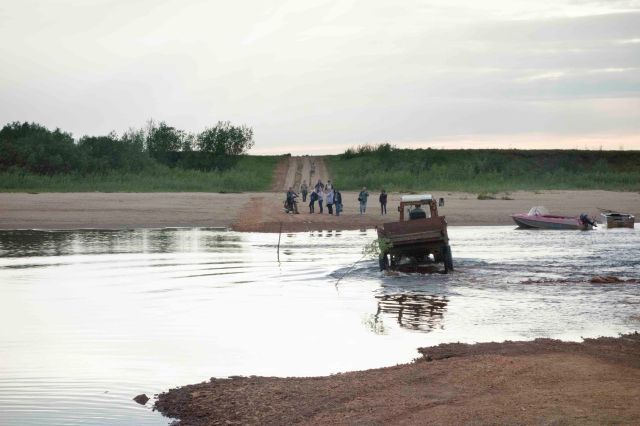
Some links to institutions, which took part in the conference (only in Russian):
The Arkhangelsk Scientific Research Institute of Agriculture of the Primorsky Branch of Federal State Budgetary Institution on Science (FSBIS) Federal Research Centre of Complex Study of the Arctic (FRCCSA) of the Russian Academy of Science (RAS) – the leading institution of research on the Mezen horse coordinated by Irina Borisovna Yur’eva.
The director Alexander Mikhailovich Zaicev and other staff of the Russian Scientific Research Institute of Horse Breeding which is the leading institution researching local horse breeds in Russia.
The Vavilov Institute of General Genetics of the Russian Academy of Sciences, Laboratory of Comparative Animal Genetics
The Russian State Agrarian University – Moscow Timiryazev Agricultural Academy
The Scientific-Art Museum of Horse Breeding in Moscow:
The Zoological Museum of Moscow University, head of research Natalia Spasskaya
Sever – the information resource of the Mezen region
Animal breeding and genetics group of the Norwegian University of Life Sciences, head of research group Gunnar Klemetsdal
